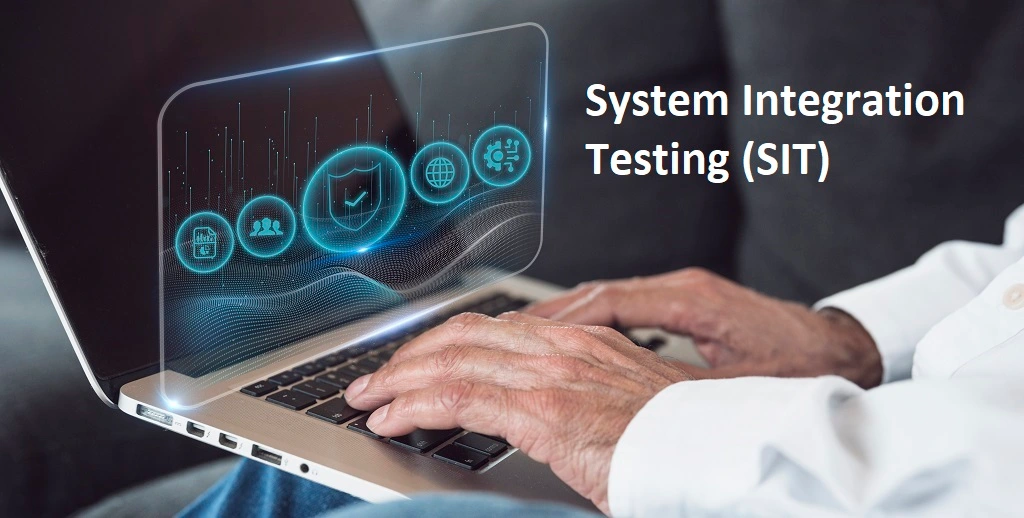What is System Integration Testing?
System Integration Testing (SIT) is an important quality assurance technique that make sure about the compatibility and proper operation of several systems when they are combined. This technique is critical for ensuring that the systems interact properly and safely. SIT may encompass the testing of various components such as software, systems, or networks, and focuses on evaluating the system’s performance, integrity, and compatibility. It is versatile and applicable in both development and production phases and can be utilized either independently or as part of extensive, continuous software development cycles. Its primary role is to detect and rectify bugs, confirming that the systems perform as expected.
The Significance of System Integration Testing
The role of SIT in business operations is indispensable. It facilitates the detection and rectification of issues within systems, data, and processes. The testing is critical for ensuring seamless interaction among system components and preventing adverse impacts due to changes in any single component. SIT plays a key role in identifying compatibility issues crucial for successful system integration. Absence of SIT increases the risk of system-wide disruptions due to component modifications. Moreover, SIT is instrumental in identifying potential security risks by examining the interactions and responses of different system components to various inputs, thereby ensuring system security prior to deployment.
Benefits of System Integration Testing
System Integration Testing offers several benefits:
- Enhanced Quality: It assures that all system components work in harmony, enhancing the overall product quality.
- Boosted Efficiency: By confirming the correct functioning of all parts before integration, it streamlines processes and improves efficiency.
- Scalability Improvement: It identifies issues that may arise during scaling, aiding in efficient future scaling and maintaining compatibility during size changes.
Approaches to System Integration Testing
SIT can be conducted using various methods:
- Top-Down Approach: Begins with the highest system level, progressively moving to individual components.
- Bottom-Up Approach: Starts with the lowest level components, ascending through the system.
- Big Bang Approach: Tests all components simultaneously, suitable for complex, interconnected systems.
- Incremental Integration Testing: Involves breaking down large systems into manageable parts, integrating and testing each piece individually.
Best Practices for System Integration Testing
To effectively implement SIT, consider the following practices:
- Establish specific goals for the testing process.
- Define detailed test cases for system functionality validation.
- Design relevant test data for comprehensive scenario coverage.
- Implement test automation for efficiency and accurate issue identification.
- Monitor system performance during testing for potential optimizations.
- Document all test results, including errors and resolutions.
- Re-test after applying fixes or updates to confirm their efficacy.
Considerations and Challenges in Integration Testing
Key challenges in SIT include:
- Interoperability: Verifying interactions among multiple, diverse systems.
- Data Integrity: Ensuring accurate data transfer and non-disruptive changes across systems.
- Scalability: Maintaining performance and reliability during load increases.
- Component Availability: Overcoming the unavailability of third-party components, possibly using service virtualization for simulation.
Conclusion
SIT is a comprehensive testing process essential for ensuring the compatibility and functionality of software and hardware systems in unison. Its primary goal is early defect detection and providing timely feedback on module acceptance.
System Integration Testing with QA Genesis
QA Genesis offers advanced integration testing services suited for digital businesses practicing agile and DevOps methodologies. This enhances QA processes, accelerates development, and ensures faster market delivery.
Our System Integration Testing Methodologies
- Big Bang Integration Testing: Testing all units collectively in a single attempt.
- Incremental Testing: Testing and integrating a minimum of two related modules.
- Top-down Integration Testing: Starting from top-level units
- and gradually testing lower-level units.
- Bottom-up Integration Testing: Beginning with lower units of the application and progressively moving upwards.
- Hybrid/Sandwich Integration Testing: This approach combines the components of top-down as well as bottom-up approaches to ensure a thorough system integration testing procedure.
In essence, System Integration Testing is a multifaceted process that combines numerous approaches and best practices to verify that diverse systems or components in a business context work together cohesively and efficiently. By using these methods, QA Genesis hopes to deliver complete integration testing solutions, supporting greater system performance and dependability, and assisting organizations in attaining a faster return on investment.
